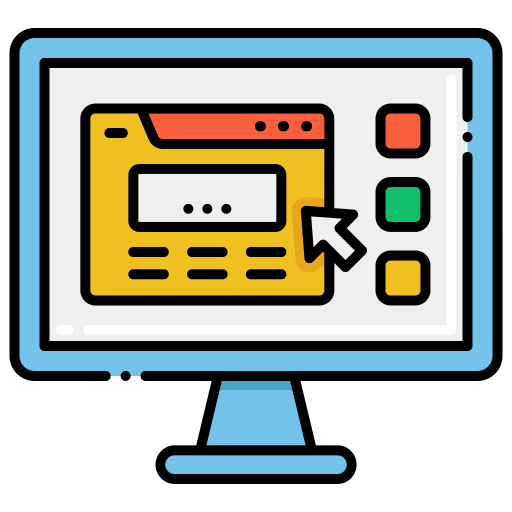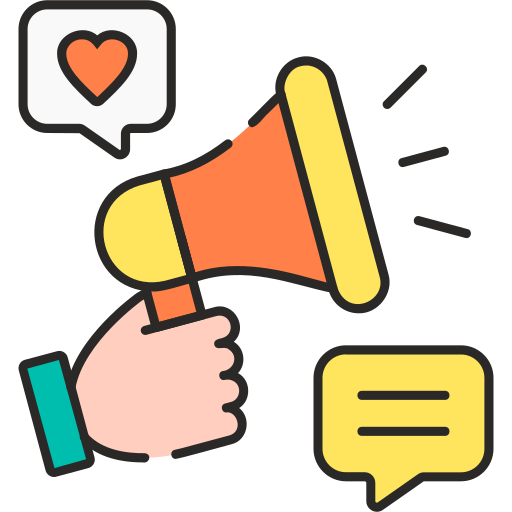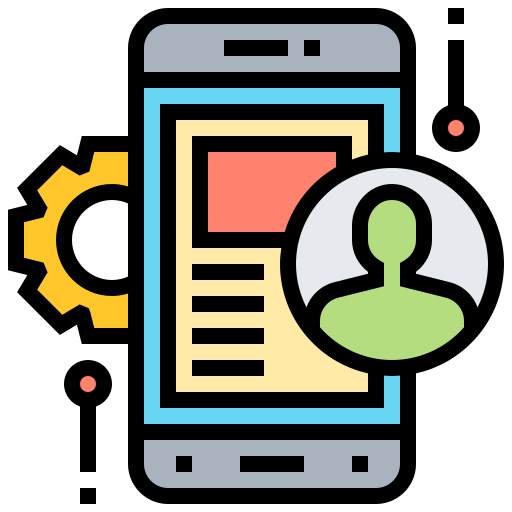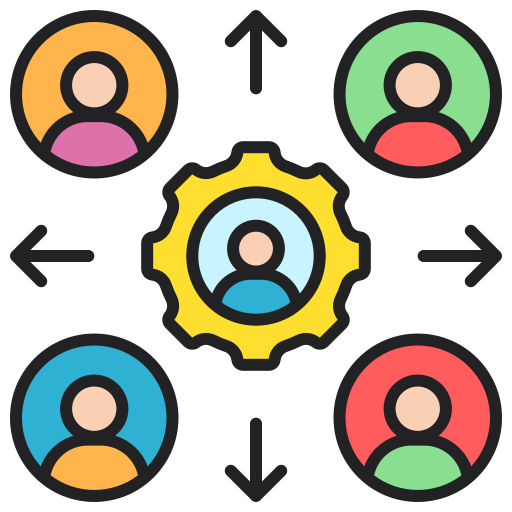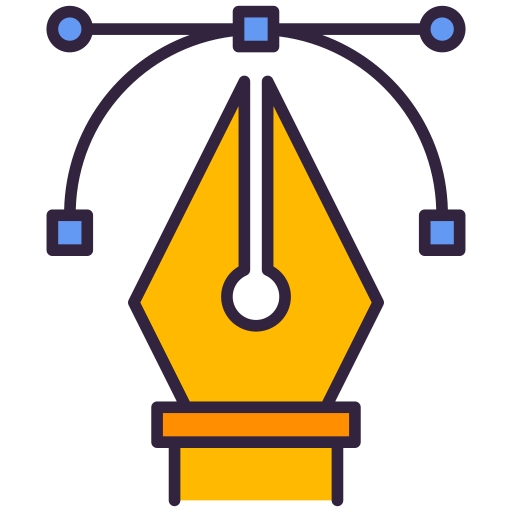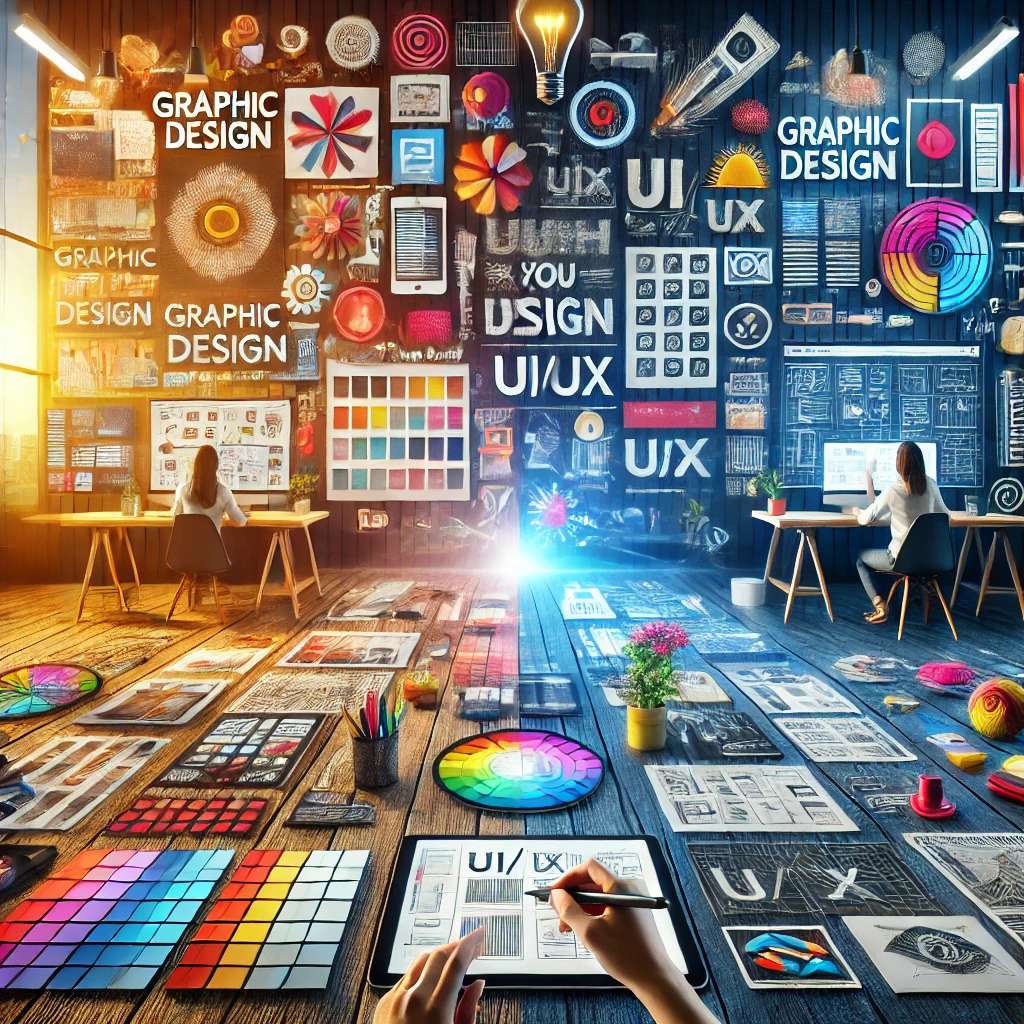In Graphic the virtual age, picture layout and UI/UX design are two pillars shaping how customers have interaction with brands, products, and offerings. While both domains address visual communication and person experience, they fluctuate in scope, consciousness, and effect. Let’s discover these charming fields, their intersection, and their significance inside the modern-day world.
What is Graphic Design?
Graphic design is the artwork of mixing text, snap shots, and other visual elements to talk a message efficaciously. It is extensively used across various mediums, including classified ads, websites, product packaging, and social media campaigns.
Core Elements of Graphic Design:
- Typography: Selecting fonts and arranging textual content to make certain clarity and aesthetics.
- Color Theory: Choosing coloration palettes that evoke emotions and support branding.
- Layout: Organizing visual elements to preserve stability and concord.
- Imagery: Using images, illustrations, and icons to beautify storytelling.
Graphic design is set visual storytelling and often serves as the inspiration for growing logo identity thru emblems, banners, and different visual belongings.
What is UI/UX Design?
UI/UX design focuses on developing seamless and enjoyable user experiences for virtual products which includes websites, apps, and software program.
Breaking Down UI and UX:
- UI (User Interface): The visible factors users engage with, inclusive of buttons, menus, and bureaucracy.
- UX (User Experience): The average enjoy a user has even as interacting with a product, emphasizing usability, accessibility, and pride.
UI/UX layout is a person-targeted method, requiring designers to recognize person conduct, anticipate needs, and create intuitive designs.
Core Principles of UI/UX Design:
- User Research: Understanding the audience through surveys, interviews, and usability testing.
- Wireframing and Prototyping: Creating blueprints and interactive fashions to visualise and check designs.
- Accessibility: Ensuring inclusivity for customers with varying capabilities.
- Consistency: Maintaining uniformity in factors like colorations, fonts, and navigation.
Graphic Design vs. UI/UX Design
While picture design and UI/UX design often overlap, they serve wonderful functions:
AspectGraphic DesignUI/UX DesignFocusVisual appeal and brandingFunctionality and person interplayMediumPrint and digitalPrimarily digitalToolsPhotoshop, IllustratorFigma, Adobe XD, SketchGoalEvoke feelings thru visualsEnhance usability and pleasure
Despite their differences, collaboration between photo and UI/UX designers ensures cohesive and powerful design answers.
Why Are These Skills in Demand?
The call for for professional photo and UI/UX designers has skyrocketed as corporations strive to distinguish themselves in aggressive markets.
- Brand Differentiation: Stunning photograph designs set manufacturers apart, at the same time as considerate UI/UX complements customer retention.
- Increased Conversions: A well-designed interface coupled with compelling visuals improves person engagement and sales.
- Mobile-First Era: With maximum users getting access to products thru smartphones, intuitive UI/UX layout is crucial for fulfillment.
Trends in Graphic and UI/UX Design (2024)
- AI-Powered Tools: Tools like Adobe Firefly and Figma AI are revolutionizing workflows by automating repetitive tasks.
- 3-D and Motion Graphics: These are gaining traction in both static graphic layout and dynamic UI interfaces.
- Dark Mode Design: Popular in UI/UX, it complements visual consolation and battery existence on devices.
- Minimalism: Clean, easy designs remain undying and effective in both fields.
Getting Started in Graphic and UI/UX Design
Whether you’re a beginner or seeking to enhance your abilties, follow those steps:
- Learn the Basics: Understand design standards, shade theory, and typography.
- Master Design Tools: Familiarize your self with enterprise-general tools like Adobe Creative Suite and Figma.
- Build a Portfolio: Showcase your work thru personal projects, internships, or freelance assignments.
- Stay Updated: Follow layout blogs, attend webinars, and take part in layout communities.
Conclusion
Graphic and UI/UX design are indispensable in nowadays’s virtual-first global. They supplement each different by using merging the artwork of visual storytelling with the technological know-how of user interplay. Whether you’re an aspiring fashion designer or a commercial enterprise seeking to put money into design, knowledge these fields let you create impactful and meaningful experiences.

